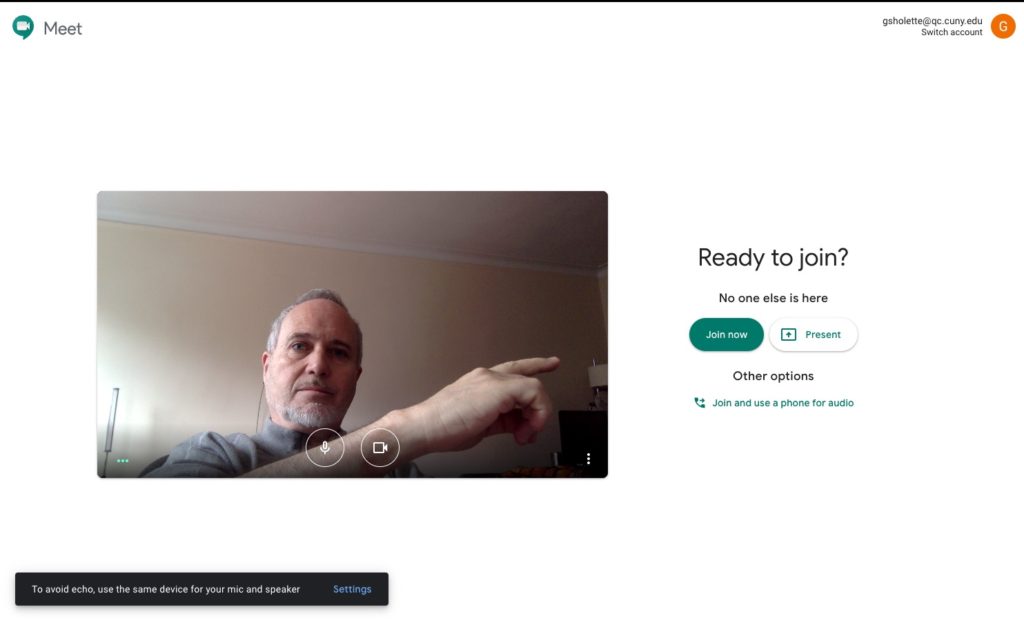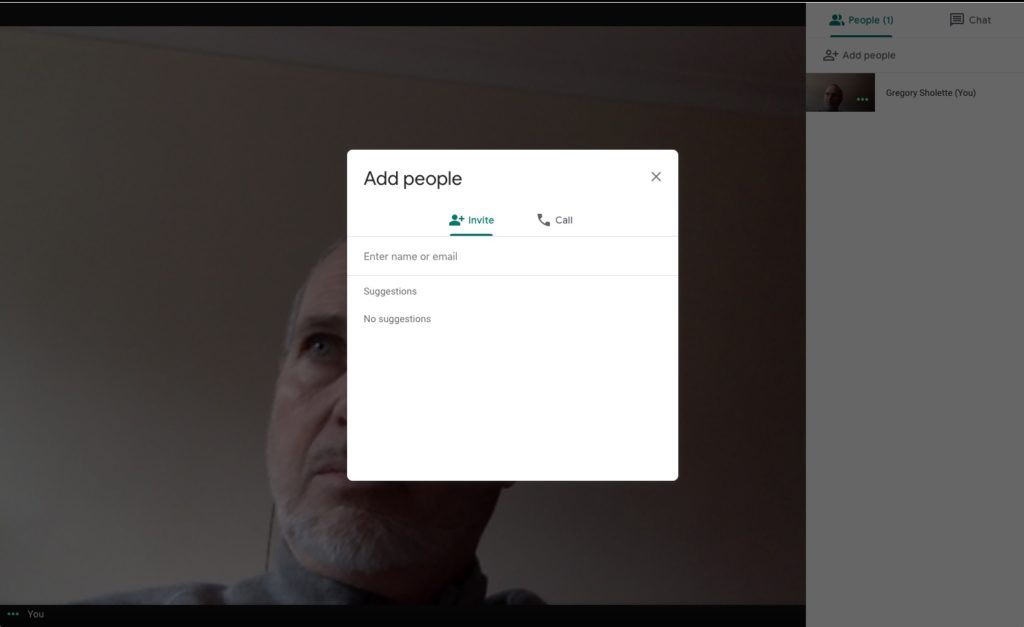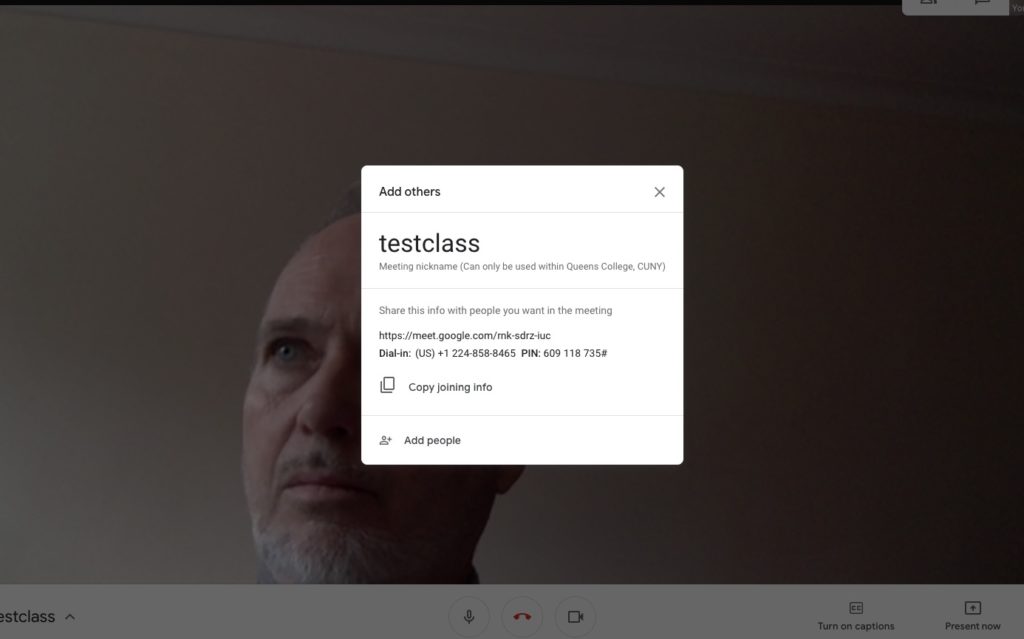_______________________________
Making & Teaching Art
in the time of COVID-19
_______________________________
This is a shareable website resource
primarily for instructors who teach
studio-based art who are looking for
ways to move their instruction online.
________________________
__________________________
PLEASE ADD IDEAS
by emailing me at:
__________________________
__________________________
Art Making Ideas in the Covic-19 World:
1. Work at home using materials safe & reasonable for home use: – then share your images online.
2. Make your project out-of-doors in a yard or other location – then share your images online.
3. Creating your project online, consider one of these approaches :
* A website project with research, images, videos etc…
* A series of drawings or constructions as jpgs
* 3D models using Google Sketchup
* A video streaming piece
* A sound-based project
* And some more digital project ideas:
+ Mapping Spaces
+ Documenting Actions, Places
+ A video diary of your sculpture or painting process
__________________________
3/19 VIRTUAL ART AND ART HISTORY IN PRACTICE:
SOME OBSERVATIONS
Yesterday, March 19, I held two truncated versions of my scheduled QC CUNY classes online: one is an undergrad studio-oriented course, the other a graduate seminar. In both instances I used Google Meet accessed through the CUNY G-Suite log-in (though I believe one can also have access using a regular GMail account: https://support.google.com/a/users/answer/9300131?hl=en) on my Mac laptop, with a set of ear buds, cup of tea, and an external monitor.
Once I set up the meeting (join or start a meeting – see step-by-step below) and gave it a name I then joined myself. After that I was able to send the unique URL generated directly to students via their email or add their emails to an invite box upper right corner.
My Thursday afternoon Undergrad Hybrid-Studio/Seminar Class
Only about 1/3 of the younger students (of sixteen) logged-in ( I later discovered that at least one was confused about the timing, but I have not heard from others yet). My strong sense was that my students were pleased and comforted to be able to meet and see one another again (more than one expressed this explicitly), so there was some sense of social connectivity created despite the awkwardness of the digital interface. We were also able to discuss our reading and final projects as well as how they can submit their work in progress using email and Google Doc folders. I also ascertained that everyone who logged in was safe, as were their families.
My Thursday evening Graduate Seminar
I was fortunate to arrange a virtual surprise guest (Tom Finkelpearl) whose reading we had done that week, and he generously engaged in discussion with the students (all but one logged-in successfully, though this is a smaller class of nine – one even logged-in from her automobile because she continues to work in the city).
Again I ascertained first that they were well and then we then discussed final projects and other class related issues. I will be trying to arrange similar special guests for this class as often as possible for the rest of the semester since that aspect of the exchange was quite successful.
Summary
On the plus side, Google Meet allows the instructor to: 1.) turn-on closed captions, especially useful for those students with English as a second language or those with poor audio; 2.) to send text message notes (and the students can also do this) about topics that came up in the discussion without interrupting the flow of conversation (such as a sidebar about Alexis de Tocqueville); and finally, 3.) when a topic required more of a reference I could share my laptop screen (while keeping my monitor free for the student interface) as I circled sections of a reading or called up the website of a contemporary art practitioner we were focused on.
Nevertheless, the overall quality of the video interface with Google Meet is not as sharp as with ZOOM, and there are a fewer bells & whistles. For instance, there is no little “raised hand” logo with Google Meet (unlike ZOOM) where a student can indicate her/his/their intention to speak. When someone does speak up in Google Meet, their mike is automatically turned on and their image dominates the shared screen. (but, for some reason, my view was not populated with all of the student video boxes, only some).
ZOOM ultimately offers a visually cleaner and technically smoother sense of being together in a “virtual room” than does Google Meet in my estimate, and yet it was quite easy to set up Google Meet, easy to sign in for student’s and our guest (who had not previously used video conferencing) and barring the purchase of a licence for ZOOM I will likely use Google Meet again next week.
Once you log into Google Meet: https://meet.google.com/_meet

Click to Join the Meeting (yes you created it but still need to join)

Use this address to invite class members

And another way to add people

